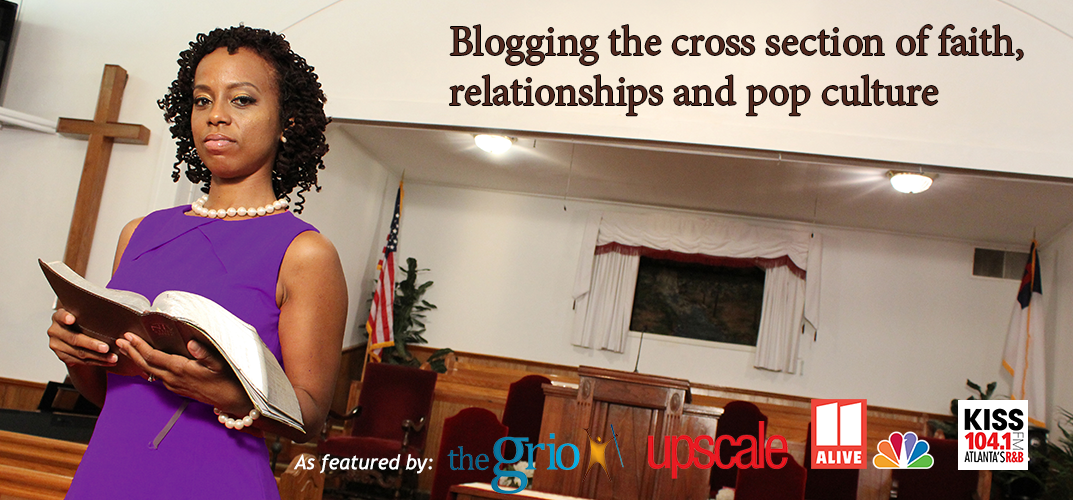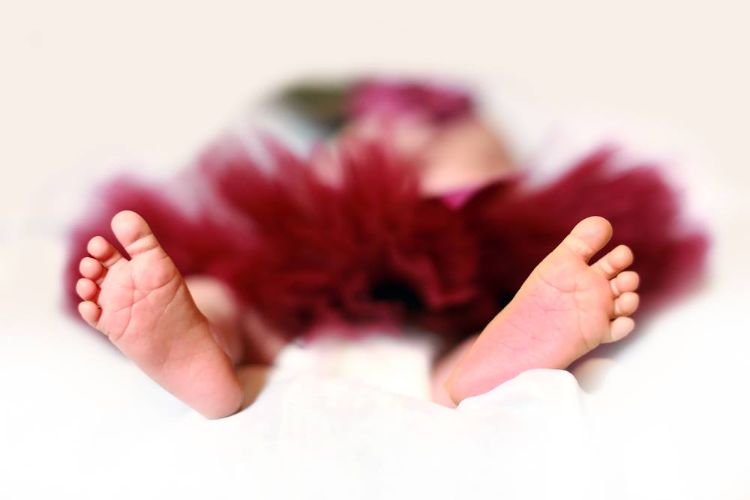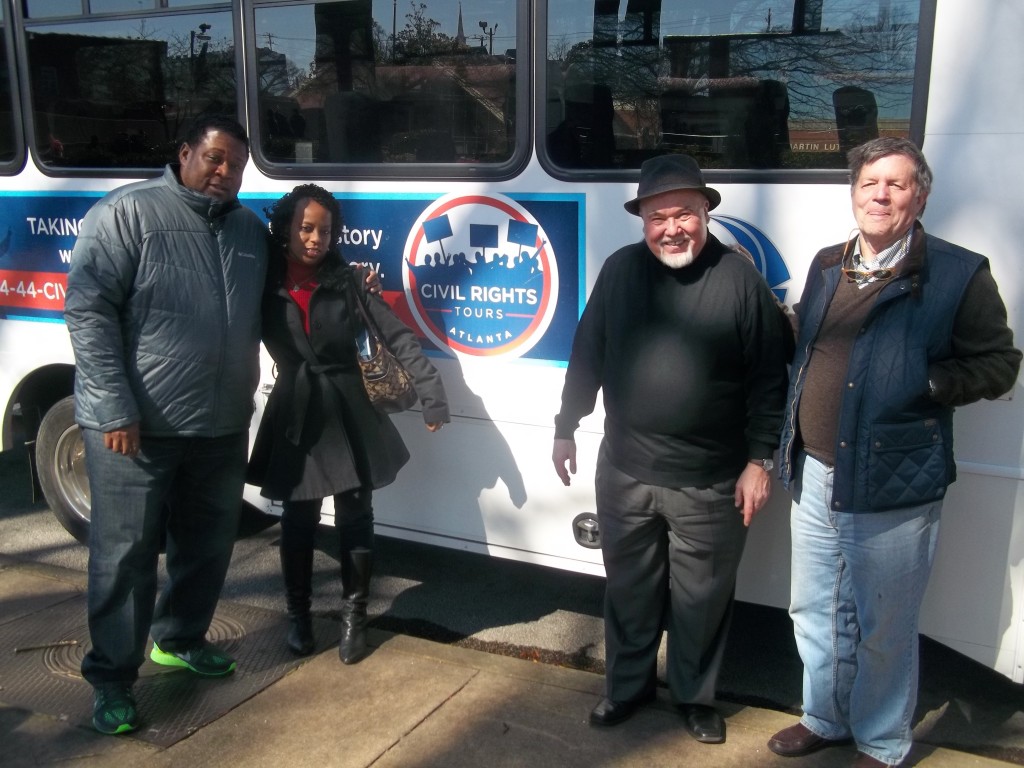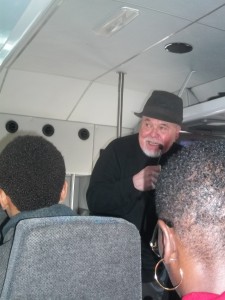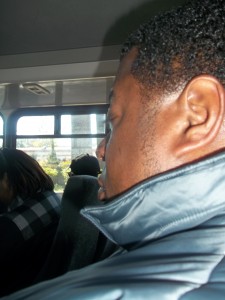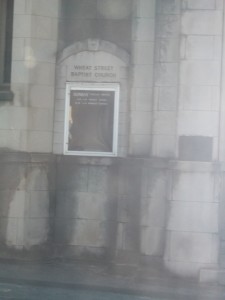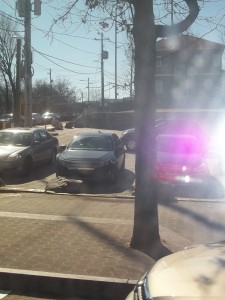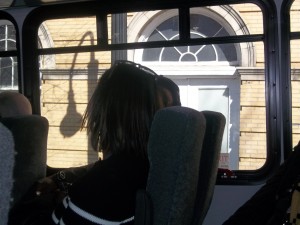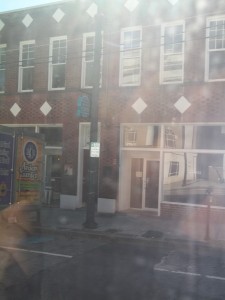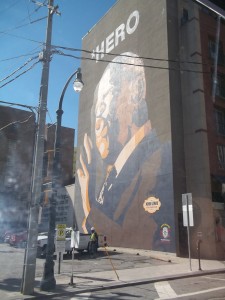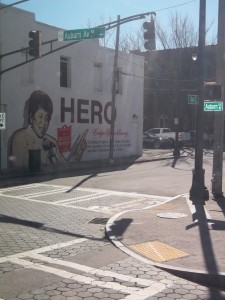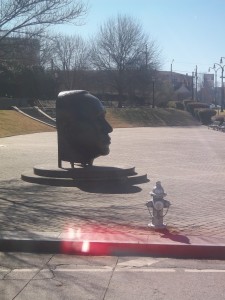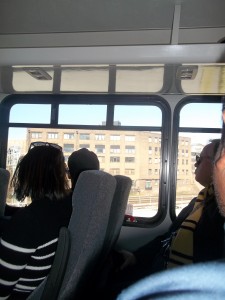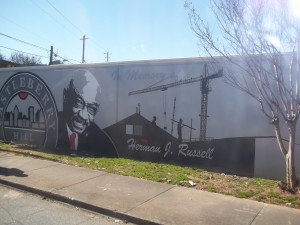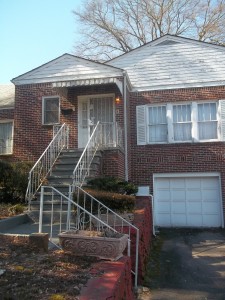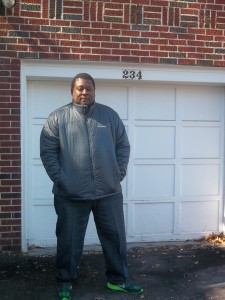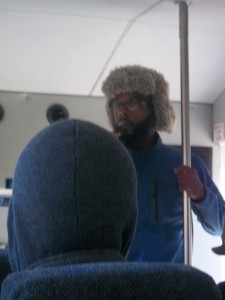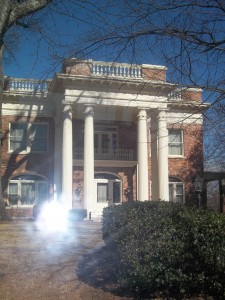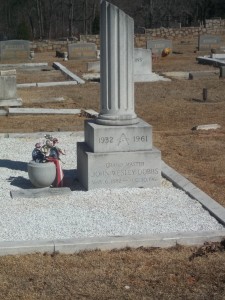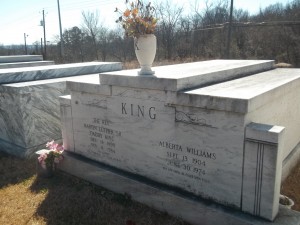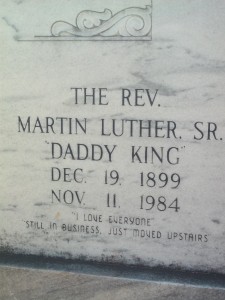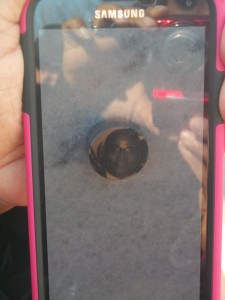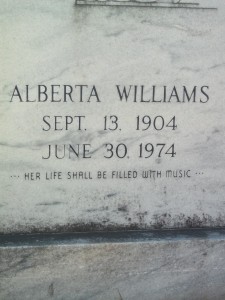
Hello World,
I had plans for a Wednesday morning blog post. Believe me. And then the election happened (or the Great American Apocalypse…I’m still not sure which and it’s too early to tell just yet…). I stayed up until 3:30 a.m. on Wednesday to confirm if what was being reported was really true: Donald “Make America Great Again” by insulting all of America Trump beat Hillary Clinton, clearly the most qualified candidate of the two. When I finally put myself to bed hours after my husband tried to coax me away from my office television, I was sure I was so exhausted I would sleep until at least 9 a.m. and then I would get up and whip up a blog post. But as the night disappeared and a new day emerged, I found myself waking up about three hours later. At first, I felt nothing, still in the hallway between the bliss of slumber and the jolt of a new day. Moments later, though, I felt it. All of it. The disbelief. The disappointment. The despair…The Donald…The Donald is the president-elect.
And then there was the déjà vu…I had felt like this before, but I couldn’t remember when. As the depression started to envelop me like the clouds that suddenly showed up in metro Atlanta on Election Day and haven’t dissipated since, I remembered. I felt the same way I did the first time I got dumped in high school. It was my first high school relationship, and it was magical. He walked me to class. He bought me teddy bears. He called me. And then it stopped because another girl decided she liked him. (Incidentally, he married that girl so I don’t feel so bad….I guess it was meant to be, but that’s another story for another day.)

But on the day I finally realized our relationship was over, I came into my house, slammed the door behind me and let out a wail as I made my way to the bathroom. My father, who worked from home, came up to me and attempted to comfort me. When I explained him what was wrong, he said something that was the emotional equivalent of “there, there.” I learned that day that there is some pain that parents cannot prepare you for and that the only way to get over the pain was to go through it…
So that mourning after Election Day, I did what I had to do: I got up, dressed and went to work. I could barely look at people wondering if they had voted for The Donald and inwardly blamed them for this country’s certain demise. For moments, I would forget and then it (all of it) would wallop me all over again. And then, the emotions would spread throughout me like I was coming down with something and then I would figure out a way to distract myself until the Ds reappeared again…

(The Donald dancing on my soul. )
So at this point, maybe some of you are asking what The Donald is so depressing about Donald Trump being the president-elect? If you don’t know, I don’t know if I can truly explain it to you…
But I will at least try…
It all goes back to when I was in first grade. I was the only black kid in my first grade class of white kids. No one was mean to me. I got along with everyone. But I felt different. I was different. My hair was kinky and didn’t flow down my back. My skin tone was a golden brown and the only other kid whose skin tone was close to mine was a Hispanic kid ( I think he was Hispanic. He was definitely brown.) I was an American girl born of Jamaican parents. I very much identified with Mowgli in “The Jungle Book.” I liked to learn and enjoyed what I was learning about, but I wanted to know more about my people – black people. As my reading skills progressed and I was promoted to higher grades, I sought out books about slaves in my school’s library and found many that I understood even as a child.
As I continued to grow, I continued to learn, recognizing that my skin tone connected me to the deep and dark history of the downtrodden of this country. Black people emerged from slavery only to be disenfranchised following Reconstruction. Jim Crow was exchanged for civil rights after much struggle. (A simple summary I know…) And then despite all of that, Nov. 4, 2008 happened. A miracle in our midst. I was so proud. Barack Obama was the right man for the right time. He represented the best and worst of our history. The son of a white Midwestern woman and a black African man, his very genealogy represented the free will joining together of Africa and America rather than what was forced on Africans centuries ago. As the son of a single parent (since he was not raised with his father), his rise to the presidency demonstrated that single mothers (who are often looked down upon when they are black ) raise children who are just as talented as those raised in two-parent households. His gentility. His sophistication. His good looks. His unabashed adoration for his black wife. His two beautiful girls. All of it. made me fall in love. I confess. There is little he can do wrong. (although I don’t agree with all of his stances.) He was the real-life manifestation of the dream of the Rev. Martin Luther King Jr.

(What’s not to love about this?)
So when The Donald, who questioned the very birth of President Obama for years, was named president-elect to succeed him, I was let down, all the way down. What a dreadful insult! Aside from denouncing President Obama, Donald Trump has denigrated black people by calling us “The African Americans” with a tone that reminds me of how a zookeeper describes the different packs of animals that inhabit the zoo. In fact, the disdain in his voice seems to be a dog whistle for many white hate groups as many have voiced their support of him. (I’ve read a report that the Ku Klux Klan chapter plans to host a victory parade in North Carolina on Dec. 3.) Not to mention the fact that he seems to think we all live in the inner city and are fearful from emerging from our domiciles lest we be decimated by gun shots. Unlike President Obama, he was given millions to start his businesses. And he has been the husband to three women with children from each one. (Well, at the very least, people with baby mamas should no longer be disrespected.) He doesn’t look presidential. I’m not sure what that “look” is, but he doesn’t have it. And I don’t have the desire at the moment to get into his despicable “locker room talk” and disrespect to other groups. Other posts for other days…
I know that now that the election is over, we’re supposed to put all of that dissing away in favor of all is fair in love and politics, but who does that? And it’s not like he’s even asked for forgiveness. I mean according to the gospel of Donald Trump, forgiveness is not needed. Furthermore, his words tear down instead of build up. His beliefs change as much as he updates his Twitter feed. His nebulous past (since it seems we will never see his tax returns) only predicts a dim future.
So after all of this, is Donald Trump my president? Or is he #notmypresident ?
As a Christian (and that is the only reason why), I have declared that God is the ruler of my life and I know that He is the one who puts people in positions of authority. And so, I will do all I can to respect the office of the presidency despite those who decried it (namely Donald Trump) when President Obama was named. But that does not mean that when Donald Trump does something that goes against my principles, I won’t do all that I can to stop him. Some of history’s greatest rebels have used their Christian faith to dismantle injustices down through the years…
…I guess that’s all that I have to say about that…for now…
Any thoughts?
P.S. I have so many questions for God when I get to Heaven…Two more have been added to the list…1. Why did You allow Donald Trump win the election? 2. Why have black people had to suffer so much in this country?
